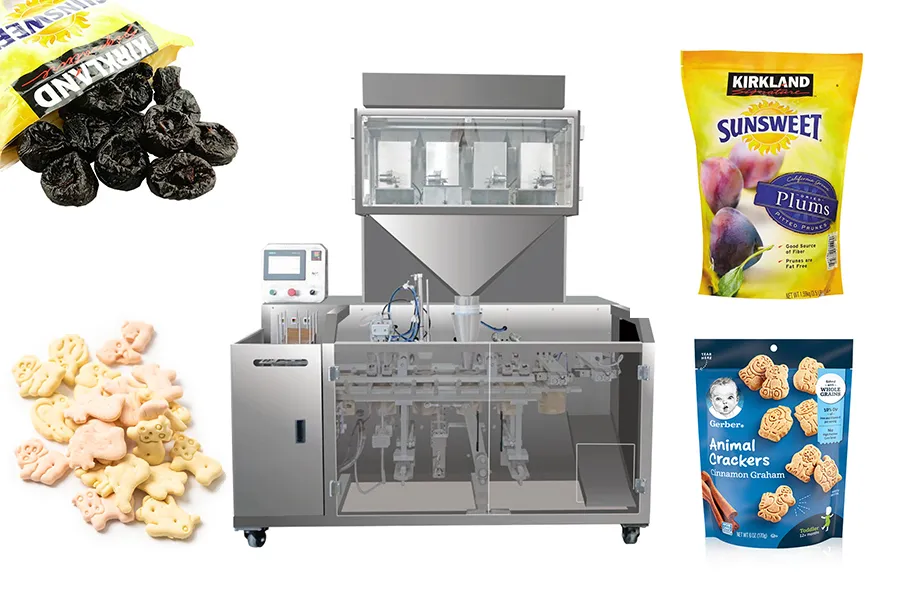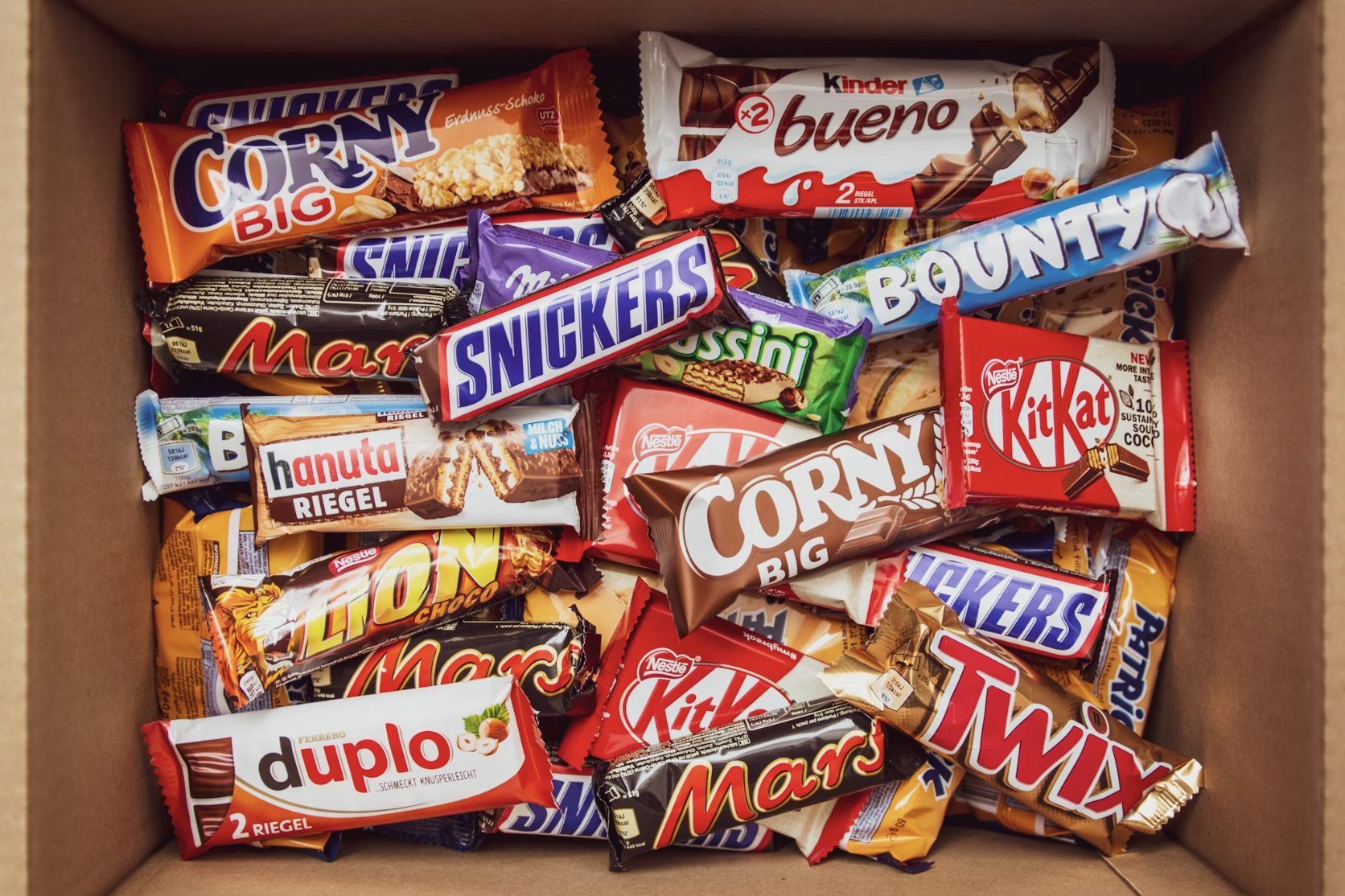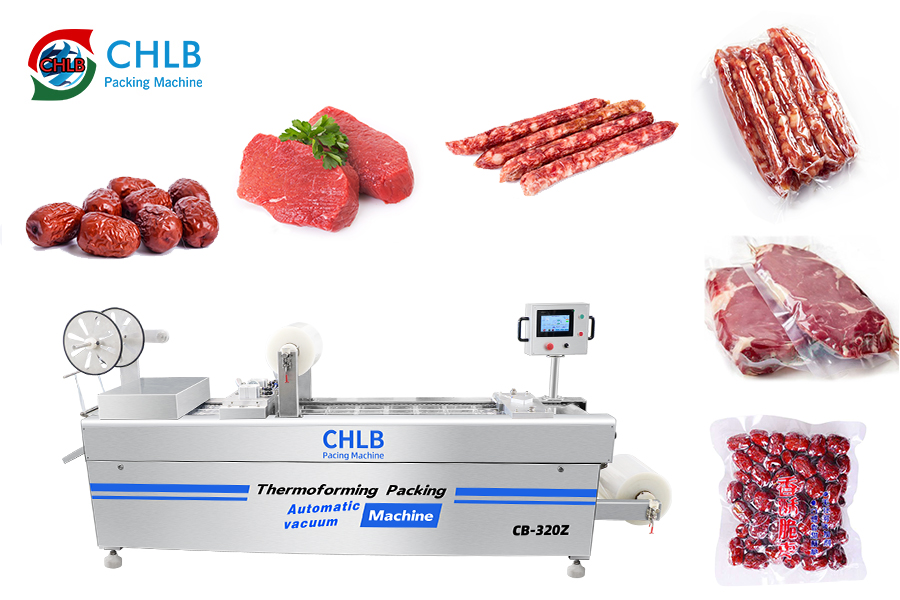Envolver la comida a mano puede ser desordenado, lento, e inconsistente. Ingrese la máquina de envoltura de película porta, un dispositivo simple que convierte esta tarea en un ayuno, preciso, y proceso higiénico. Desde sándwiches frescos hasta frutas, productos horneados, y más, Mantiene sus productos seguros, fresco, y listo para vender.
En esta guía, Descubrirás cómo usar un máquina para envolver film transparente como un profesional, Comprender sus características clave, y aprenda consejos para acelerar su empaque de alimentos mientras corta el desperdicio y el trabajo. Si corres un café, panadería, o supermercado, Esta máquina puede transformar la forma en que maneja el embalaje.
Paso 1: Prepare the Machine and Load Cling Film
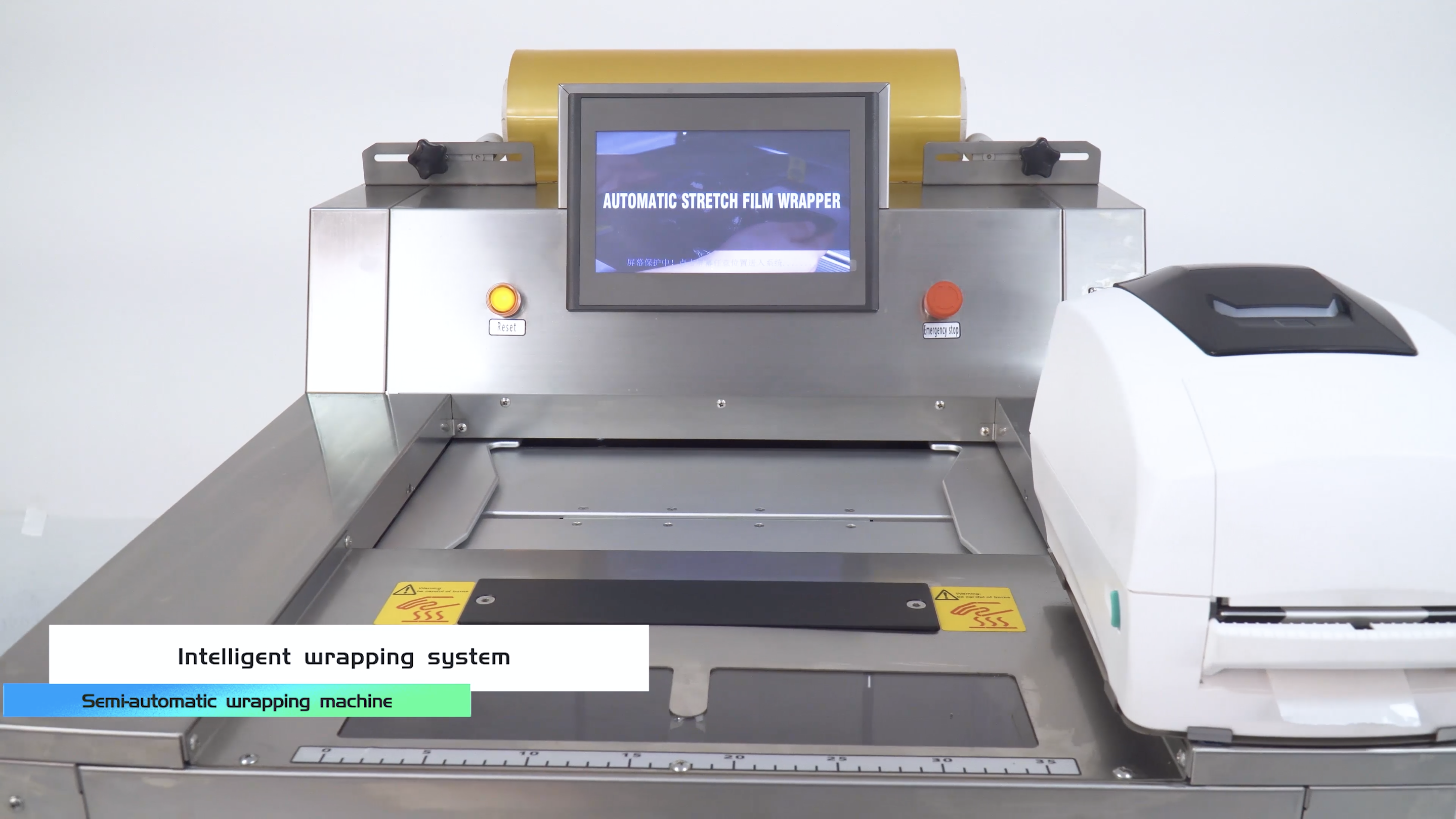
Before you start wrapping food, preparing the machine is the first and most critical step. Skipping this step can cause poor seals, uneven wrapping, or even damage the machine, which you definitely want to avoid.
Check Machine Condition
Always begin by inspecting the machine for visible damage, loose screws, or worn parts. Check film rollers, heating elements, and the control panel. Even small dust on the sealing bar affects wrap quality. If your machine has automatic tension adjustment, ensure sensors are responsive. Encima 30% of wrapping issues stem from poor maintenance, so checking your equipment saves problems later.
Install the Cling Film Roll
Installing the cling film roll correctly is essential. Ensure the film unwinds smoothly without resistance. For a standard 30 cm roll, align the edge straight into the sealing area. Incorrect installation can cause wrinkles or partial seals, compromising food safety. Use high-quality films with consistent thickness (8–12 microns). Thicker films provide stronger seals but may need slight temperature adjustment.
Adjust Machine Settings
Modern wrapping machines offer multiple adjustable settings. You should check and set:
- Sealing temperature: Higher for thick or moist foods, lower for delicate items.
- Wrap speed: Faster speeds increase productivity but may reduce wrap tightness.
- Film tension: Controls how snugly the film adheres to the product.
Por ejemplo, when you wrap fresh meat or cheese, a slightly higher temperature (about 120–130°C) ensures a strong seal. For delicate pastries, keep the temperature around 90–100°C to prevent melting or deformation. Adjusting these parameters properly reduces product waste and ensures consistent quality for your production line.
Paso 2: Load Food Products and Start Wrapping
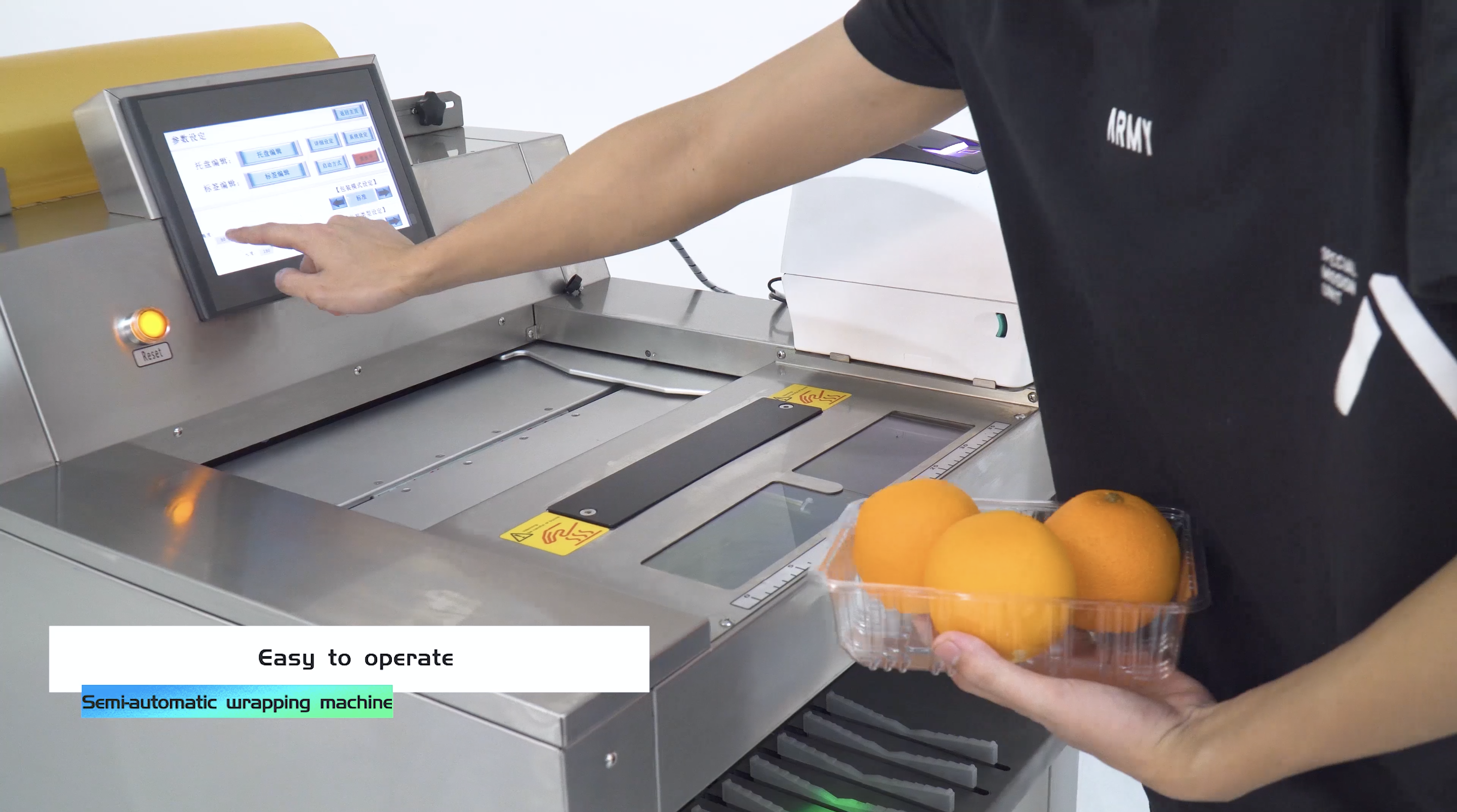
Once your machine is prepared, it’s time to load the food. Proper loading ensures even wrapping and avoids damage to the items you are packaging.
Select Suitable Food Items
Not all foods are ideal for cling film wrapping. You should focus on:
- Pre-cut fruits and vegetables
- Sandwiches and ready-to-eat meals
- Carne, fish, and cheese
- Bakery products
Foods with high moisture content or irregular shapes may require specific settings or additional trays to maintain shape. Por ejemplo, if you wrap soft cheese, you might need a light tray or support sheet to avoid crushing it during wrapping.
Arrange Food Properly
Arrange your items neatly on the conveyor or wrapping tray. Avoid overlapping items, as this can cause uneven sealing or trapped air. Space each item 2–3 cm apart to allow the film to conform to its shape. When packaging multiple items, stack in uniform layers for stability. Correct arrangement helps you prevent seal failures in your production line.
Start the Wrapping Process
With the food arranged, start your machine. Automatic machines feed, envoltura, and seal items in a single cycle. Monitor the first few cycles to ensure alignment and proper sealing. Adjust film tension or speed if you notice wrinkles or loose edges. Check every 50–100 items to maintain consistent quality throughout your production.
Paso 3: Inspect Wrapped Food and Ensure Quality
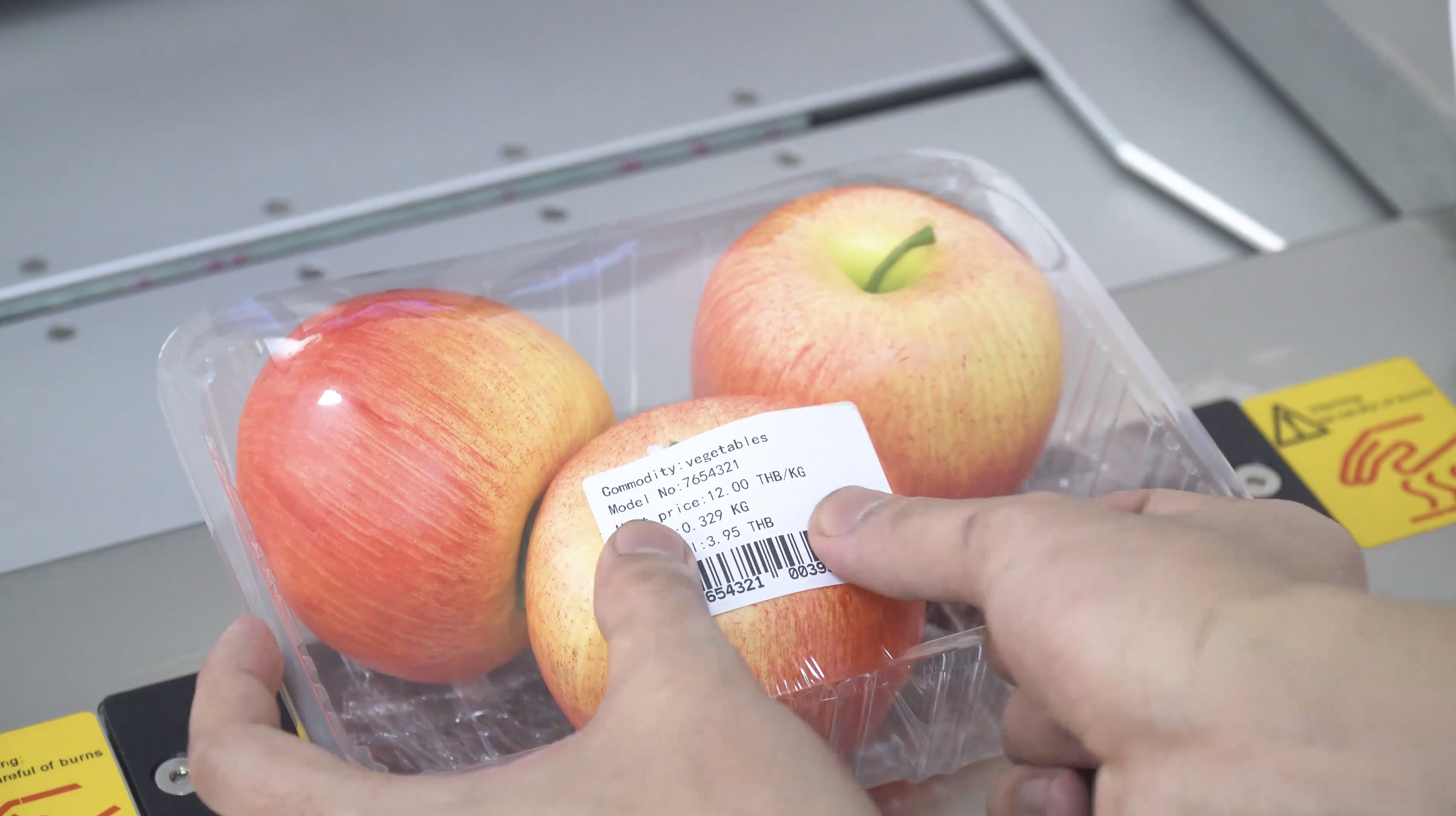
Check Seal Integrity
Examine the seal line closely. A strong, uniform seal prevents air, humedad, or contaminants from entering. Poor seals often appear wrinkled, broken, or incomplete. Press gently along the edge to confirm adhesion. Use machine adjustments for heat and pressure if needed. Acceptable seals should withstand 2–3 kg of gentle pull.
Inspect Film Appearance
Ensure the film is smooth, transparente, and free of bubbles or tears. Wrinkles or trapped air may indicate tension or alignment issues. Adjust feed speed or tension if needed. Using high-quality films reduces defects. Your packaged items should look as appealing as they are fresh.
Store Wrapped Products Safely
Transfer wrapped products to proper storage immediately. Refrigerate perishables (0–4°C) and store shelf-stable items at room temperature, avoiding direct sunlight or high humidity. Proper storage maintains seal integrity and prolongs shelf life. Rotate stock on a first-in, first-out basis to Mantenga la comida fresca.
Paso 4: Clean and Maintain the Machine
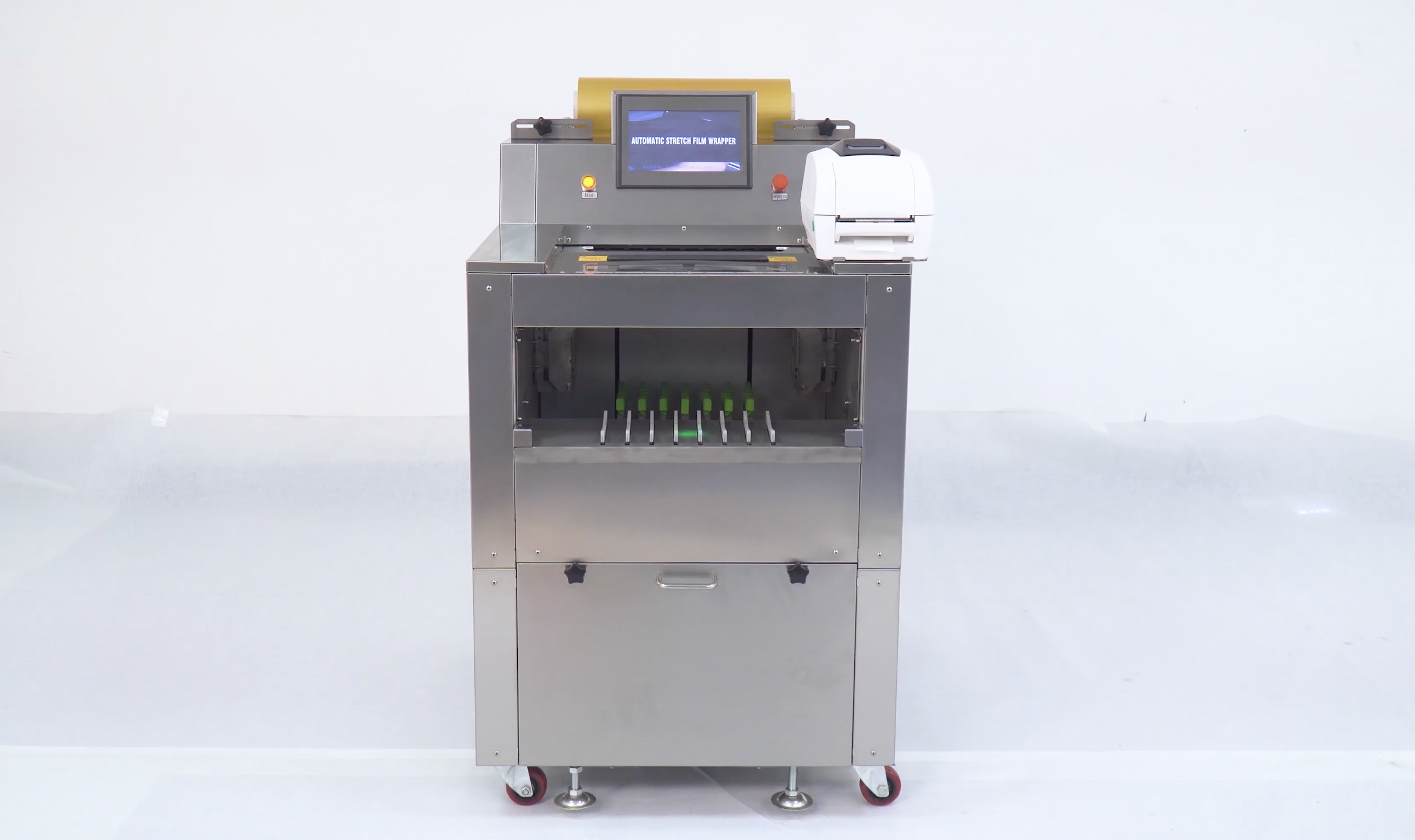
Clean the Machine Thoroughly
After each production cycle, clean your machine to prevent food residues from sticking to rollers or sealing bars. Use a soft cloth with mild detergent and avoid abrasive materials that can scratch components. If you handle raw meat or fish, consider sanitizing with food-safe solutions to prevent bacterial growth. Regular cleaning also extends the life of sensors and electronic controls.
Lubricate and Check Parts
Lubrication is critical for moving parts such as conveyor belts, rollers, and gears. Use food-grade lubricants to avoid contamination. Check belts and rollers for signs of wear, and replace them if necessary. A well-lubricated machine runs smoother, produces more consistent wrapping, and reduces the risk of breakdowns for you.
Schedule Regular Maintenance
Besides daily cleaning, schedule preventive maintenance at least every 3–6 months, depending on how often you use the machine. This includes checking electrical components, testing sensors, and inspecting heating elements.
Many manufacturers recommend professional servicing once a year to maintain peak performance. Machines receiving regular preventive maintenance have a 25–30% lower downtime rate compared to those without scheduled checks. Following this routine will save you time and money in the long run.
Pensamientos finales
Cling film wrapping machines make food packaging faster, limpiador, y más consistente. Automatizando el proceso, Ahorras tiempo, reducir el desperdicio, y asegúrese de que cada producto se vea fresco y atractivo. Si diriges una panadería, fiambres, o supermercado, Estas máquinas convierten una tarea de rutina en un suave, operación profesional.
Si desea un rendimiento confiable y un diseño inteligente, Los mejores fabricantes de máquinas de envoltura como Chlb Packaging Machine Co., Limitado., Ofrecer una gama de máquinas automáticas de envoltura de alimentos que ofrecen calidad y eficiencia.
👉Learn more about our solutions on el Sitio web de embalaje de chlb, Y descubra cómo una sola máquina puede transformar su flujo de trabajo de envasado de alimentos.

